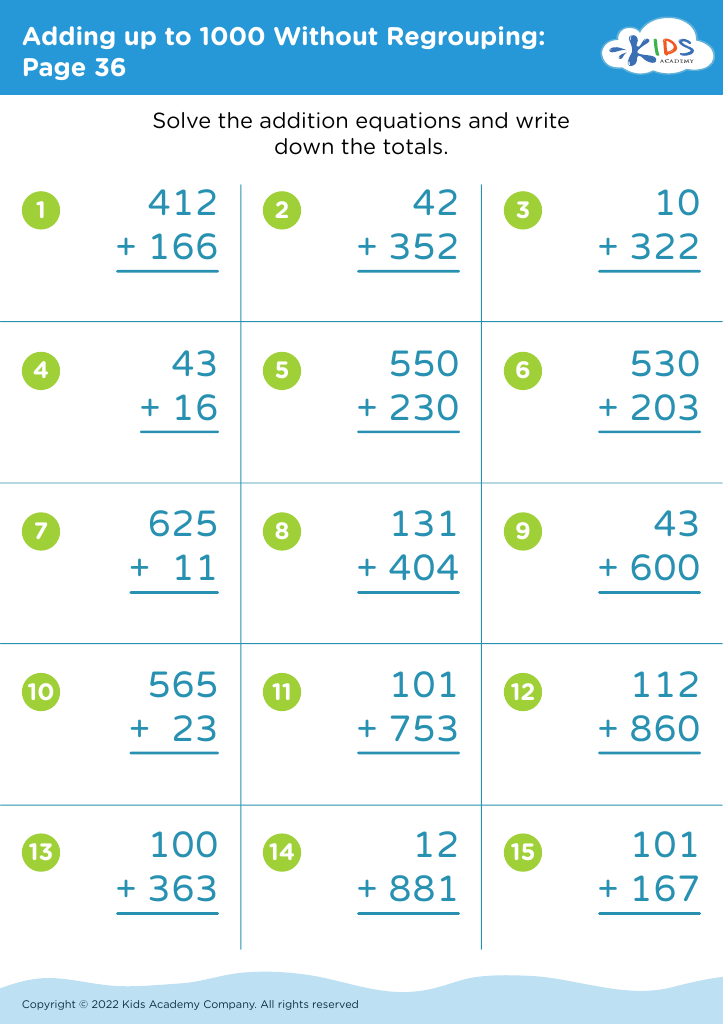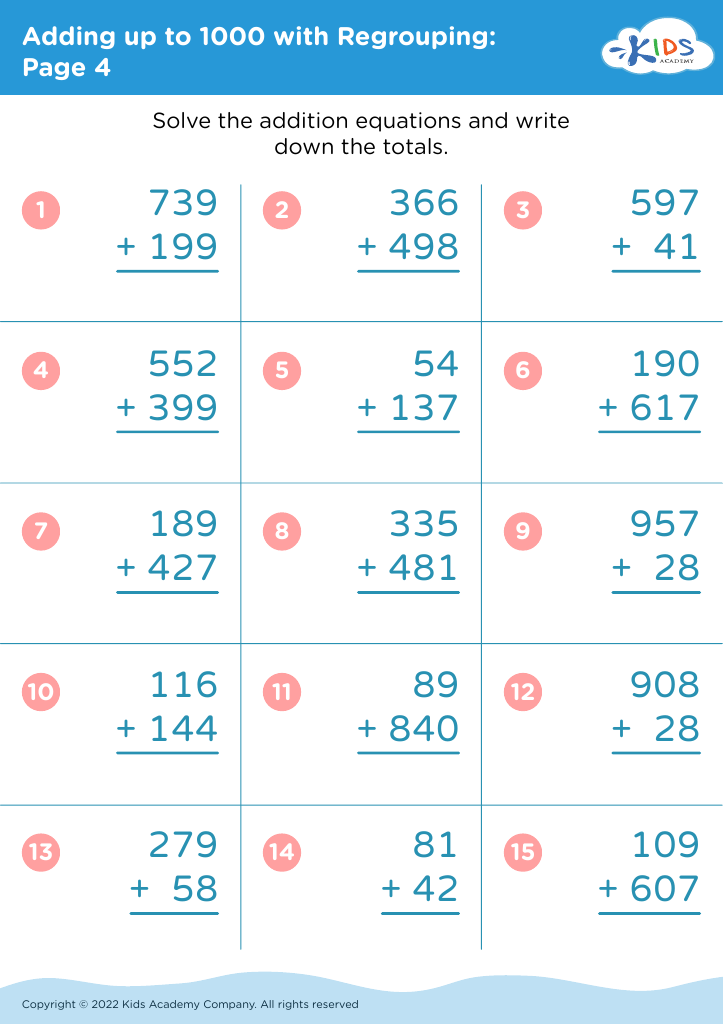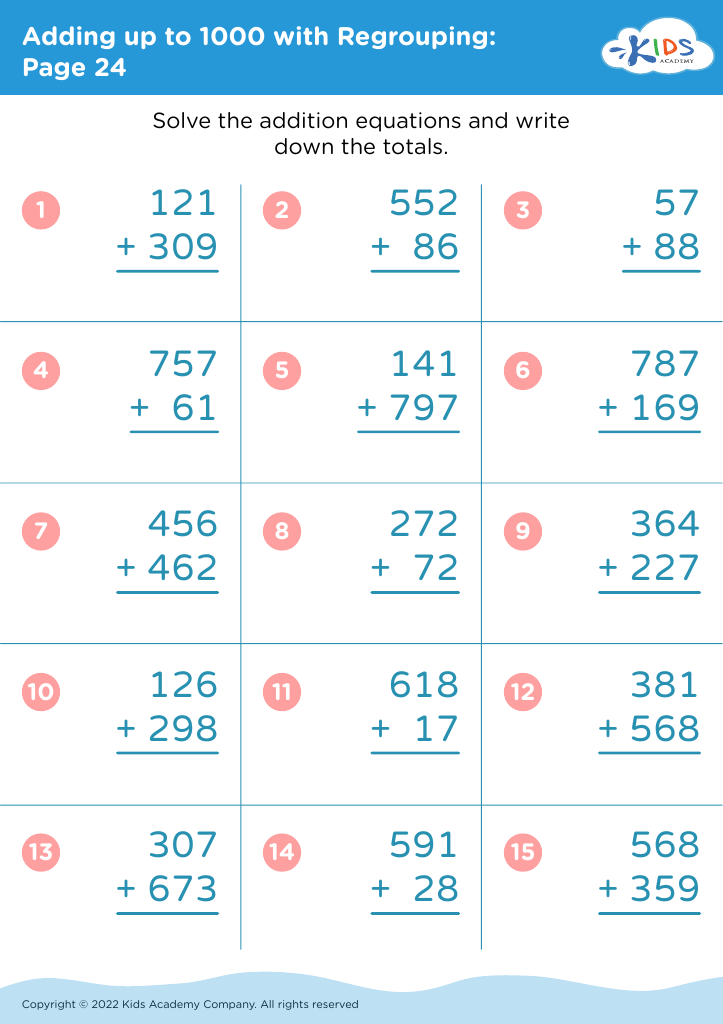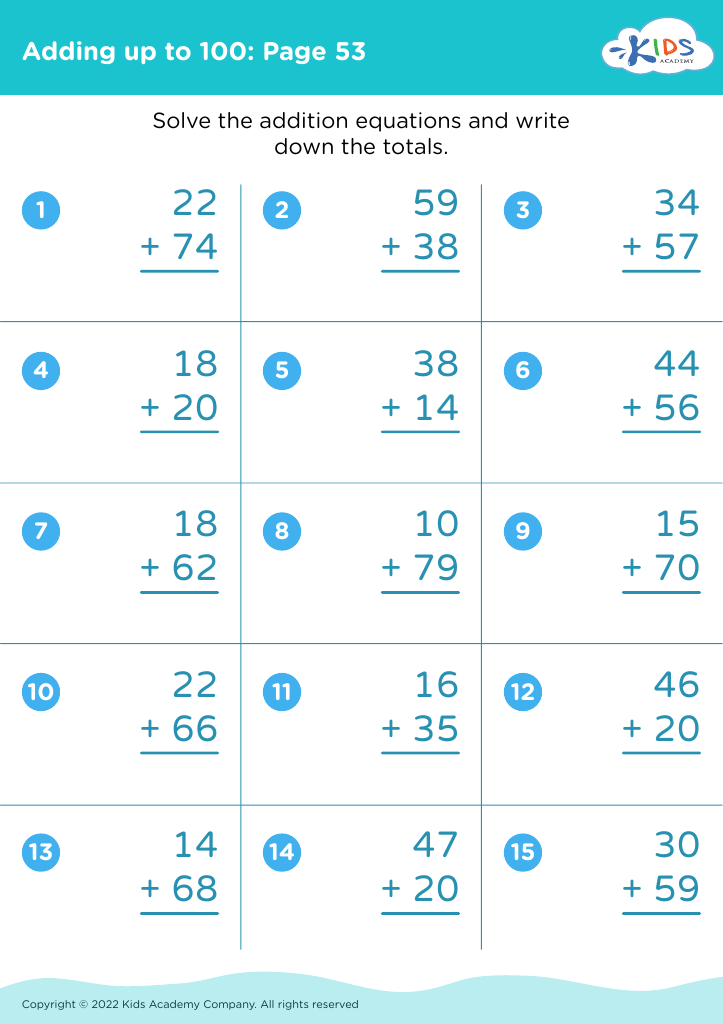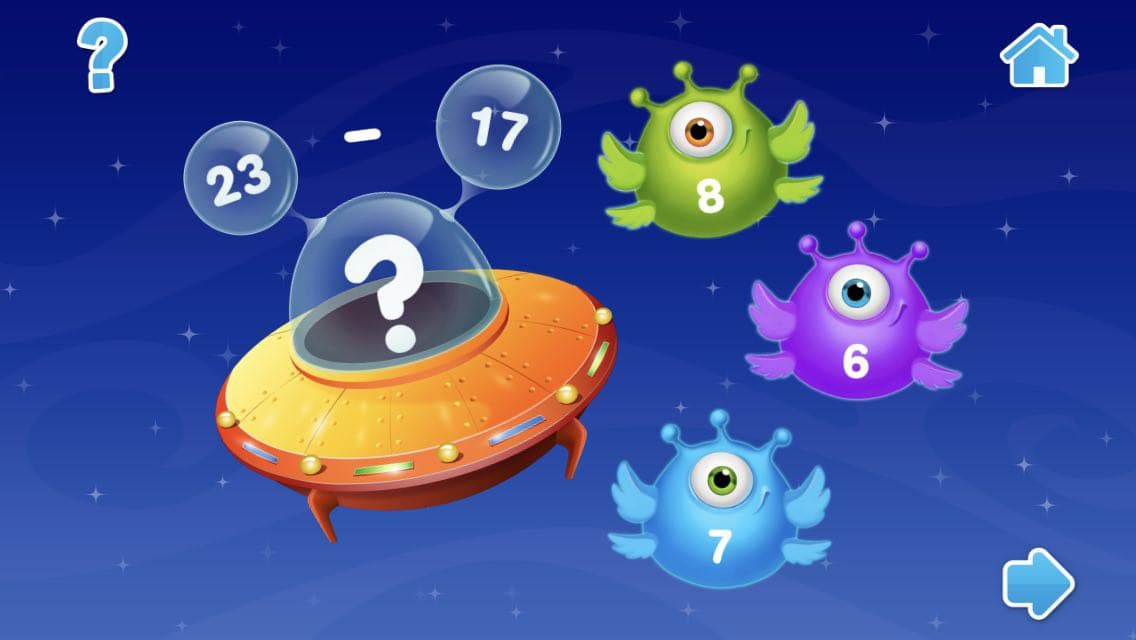Fraction comparison Addition & Subtraction Worksheets for Ages 6-8
29 filtered results
-
From - To
Enhance your child's math skills with our engaging "Fraction Comparison, Addition & Subtraction Worksheets" designed specifically for ages 6-8. These worksheets provide a fun and interactive way for young learners to grasp essential concepts of fraction comparison, addition, and subtraction. With colorful illustrations and age-appropriate exercises, kids will develop a solid foundation in understanding fractions and honing their problem-solving abilities. Our thoughtfully crafted activities encourage practice and reinforcement, making learning fractions an enjoyable experience. Build confidence and proficiency in math with our easy-to-use worksheets, perfect for homeschooling or classroom use. Start your child's math journey today!
Parents and teachers should care about fraction comparison, addition, and subtraction for children aged 6-8 for several important reasons. First, these concepts form a foundational component of mathematical understanding that extends to higher-level math later in life. Early exposure helps children build essential number sense, which is crucial for problem-solving and logical reasoning.
Understanding fractions develops a child's ability to assess and compare quantities, fostering critical thinking skills. Recognizing parts of a whole lays the groundwork for concepts such as ratios, proportions, and even algebra in later grades. In an increasingly data-driven world, the ability to work with fractions is critical, whether in cooking, budgeting, or understanding statistics.
Additionally, engaging students with hands-on activities and real-world applications makes learning fractions exciting and relevant. This not only reinforces mathematical concepts but also boosts confidence in their abilities. Parents and teachers who prioritize fraction education are equipping children with tools that enhance their academic prowess while building persistence and resilience in problem-solving.
Ultimately, focusing on fraction comparison, addition, and subtraction cultivates a love for mathematics and prepares children to navigate various everyday challenges effectively.


